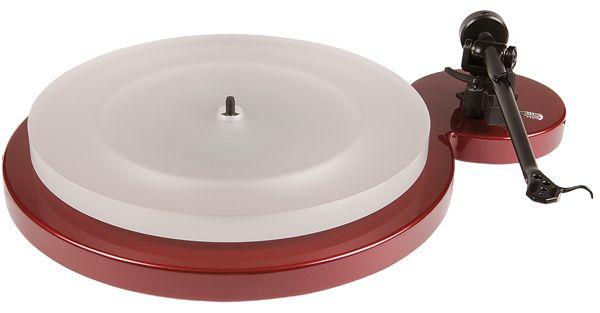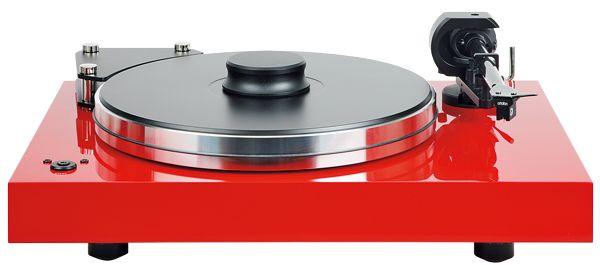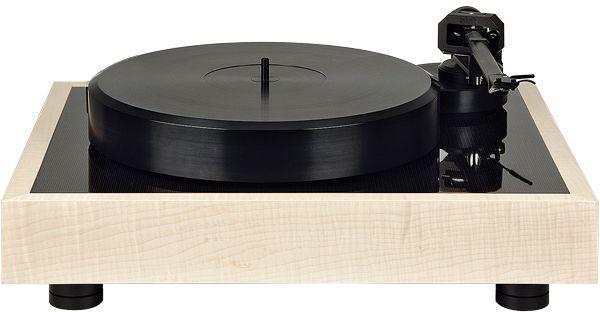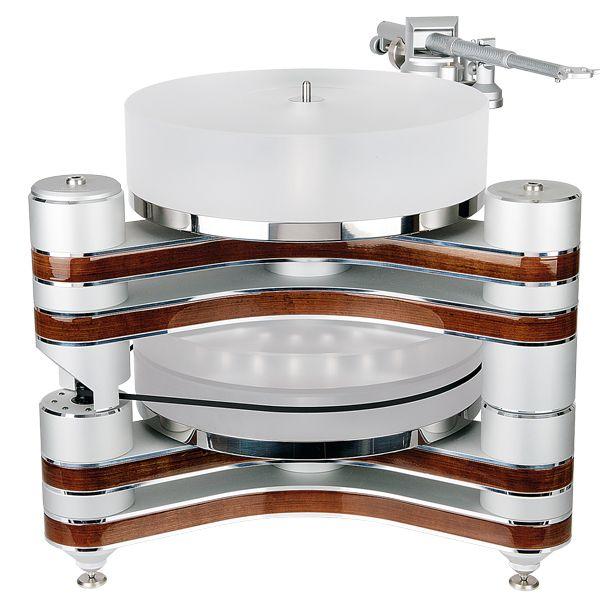|
Jan 01, 2018
|
Jan 09, 2015
|
Jan 09, 2015
|
Jan 09, 2015
|
Jan 09, 2015
|
Jan 09, 2015
|
Jan 09, 2015
|
Jan 09, 2015
|
Dec 22, 2014

 The latest in a long line of 'affordable audiophile' turntables from a highly popular UK brand, the Planar 2 offers easy set-up, good looks and a taste of serious hi-fi sound
The latest in a long line of 'affordable audiophile' turntables from a highly popular UK brand, the Planar 2 offers easy set-up, good looks and a taste of serious hi-fi sound
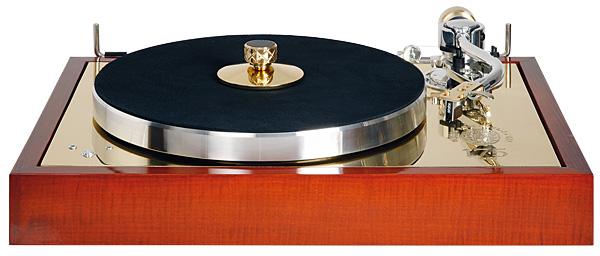
 Limited to just 175 pieces, this luxuriously-appointed version of Pro-Ject's 'The Classic' turntable is offered in celebration of the VPO. Is this gilding the lily or musical gold?
Limited to just 175 pieces, this luxuriously-appointed version of Pro-Ject's 'The Classic' turntable is offered in celebration of the VPO. Is this gilding the lily or musical gold?
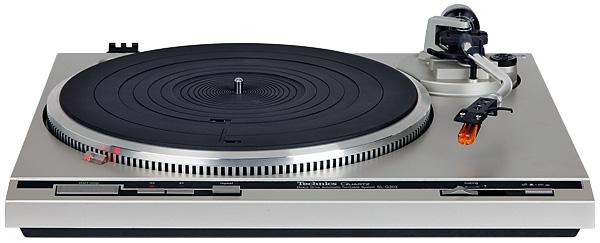
 When launched, this turntable was just one of over a dozen Technics decks offered. Is it now the pick of the radial-tracking pack? Time to take it to the test bench...
When launched, this turntable was just one of over a dozen Technics decks offered. Is it now the pick of the radial-tracking pack? Time to take it to the test bench...
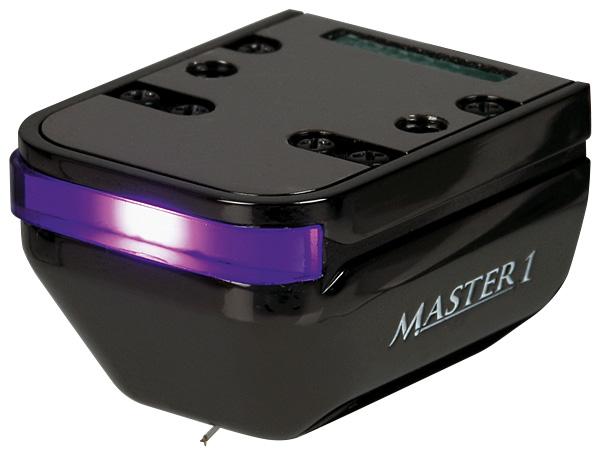
 DS Audio’s flagship optical cartridge is one of the most expensive we’ve tested – but the £20k price tag includes a dedicated PSU/equaliser. KK rediscovers his LP collection...
DS Audio’s flagship optical cartridge is one of the most expensive we’ve tested – but the £20k price tag includes a dedicated PSU/equaliser. KK rediscovers his LP collection...


